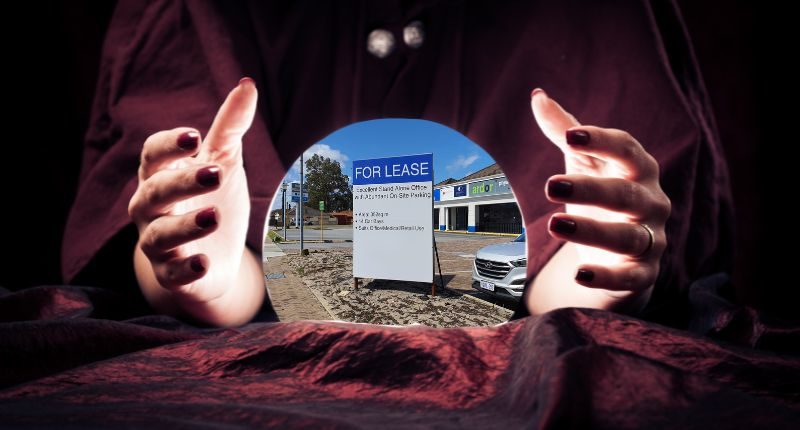- As people move to the regions, commercial will too
- Automation to rise in the industrial sector
- Future proofed buildings, and green buildings a must
Housing downturns and slowing markets are the flavours of the month with next year looking very interesting indeed. Some experts are calling for calm, with others expecting 2023 to bear multi-speed markets and less severe downturns.
For the residential sector, some of Brisbane’s best buys include the curiously named Deception Bay, and the fabulous West End. Melbourne’s opportunities may exist in footy hotspots like North Melbourne and Richmond, with Sydney suburbs fairly far afield in Fairfield; units can be had in Marrickville for a steal though.
What happened to Australia’s property market in 2022?
The property market in Australia has bowled a googly with springtime sales slumping.
Despite the previously certain spring sales surge, the otherwise firmly fixed off stump of residential property has gone cartwheeling back to the wicketkeeper like Mitch Stark’s recent and stunning delivery to West Indies’ Jason Holder.
Not only has the usual over 20% uplift in listings been curtailed, but the number of new properties has also dropped, more here.
Property value declines, a change to a buyer’s market, and longer days on market are just some of the factors leading to a slower pitch, meaning buyers facing the ball can expect to hit cherries over the fence in 2023.
A slowing spring is not necessarily the case for auctions, Apollo Auctions’ Auction Report found healthy clearance rates, with buyers and sellers eager to transact before the silly season starts.
Refinancing has also been on the rise, amid rising interest rates, inflation, cost of living rises and more. One source said the average size of a home loan assessed for refinancing in October this year was $540,149; the average home loan for the same time last year was $508,838.
Shortages continued to plague the nation, Perth seeing a pitiable zero new apartment developments (with 25 or more apartments) launching during the last quarter.
10 property opportunities for 2023
According to the Real Estate Institute of Australia (REIA), automation, regional investment, sustainability, and more will be some of the top opportunities for the real estate market next year.
- Regional commercial investment
- Industrial property offered with full automation and logistics solutions
- Energy efficiency innovations
- Future proofed buildlings
- Energy efficient ‘green’ buildings
- Revived office opportunities
- Undersupply to drive industrial rental growth
- Future development sites
- In-house automation solutions for occupiers
- In-house automation solutions providing new value points for investors.
The REIA’s inaugural State of the Industry Report: Australian Commercial Real Estate found the regions are a great place to look for commercial, with the call reflecting trends in where people want to live and work.
“For commercial property investors, there is certainly opportunity to capitalise on these changing population trends and small business activity in regional areas, notwithstanding the current interest rate environment,” said REIA President Hayden Groves.
Mr Groves said despite a mixed bag of economic headwinds, the OECD is forecasting Australia to outperform many other advanced economies, forecasting GDP to grow around 2.5 per cent.
“On the one hand, you have energy prices which will have a major impact on outgoings; but on the other hand you have an economy performing relatively well and migration programs expanding.
“energy prices are set to increase by around 56% as international migration resumes for the second year at significant scale, with an anticipated 235,000 people set to call Australia home next financial year.
“All of these changing factors offer a unique set of opportunities and challenges in the run in to 2023 for the commercial real estate sector be it practitioners, investors, or occupiers.”
Mr Groves said that Covid had disrupted Australian commercial real estate more so than other sectors of real estate and with that disruption, has come opportunity.
“REIA’s inaugural State of the Industry report shows ten opportunities across automation and technology, sustainability, supply, changing migration patterns and future development opportunities as monetary policy normalises and construction pipeline constraint eventually eases.”
Mr Groves said the report was the start of a broader research series to support Australian commercial real estate practitioners that will be co-launched with member local Real Estate Institutes in 2023.








